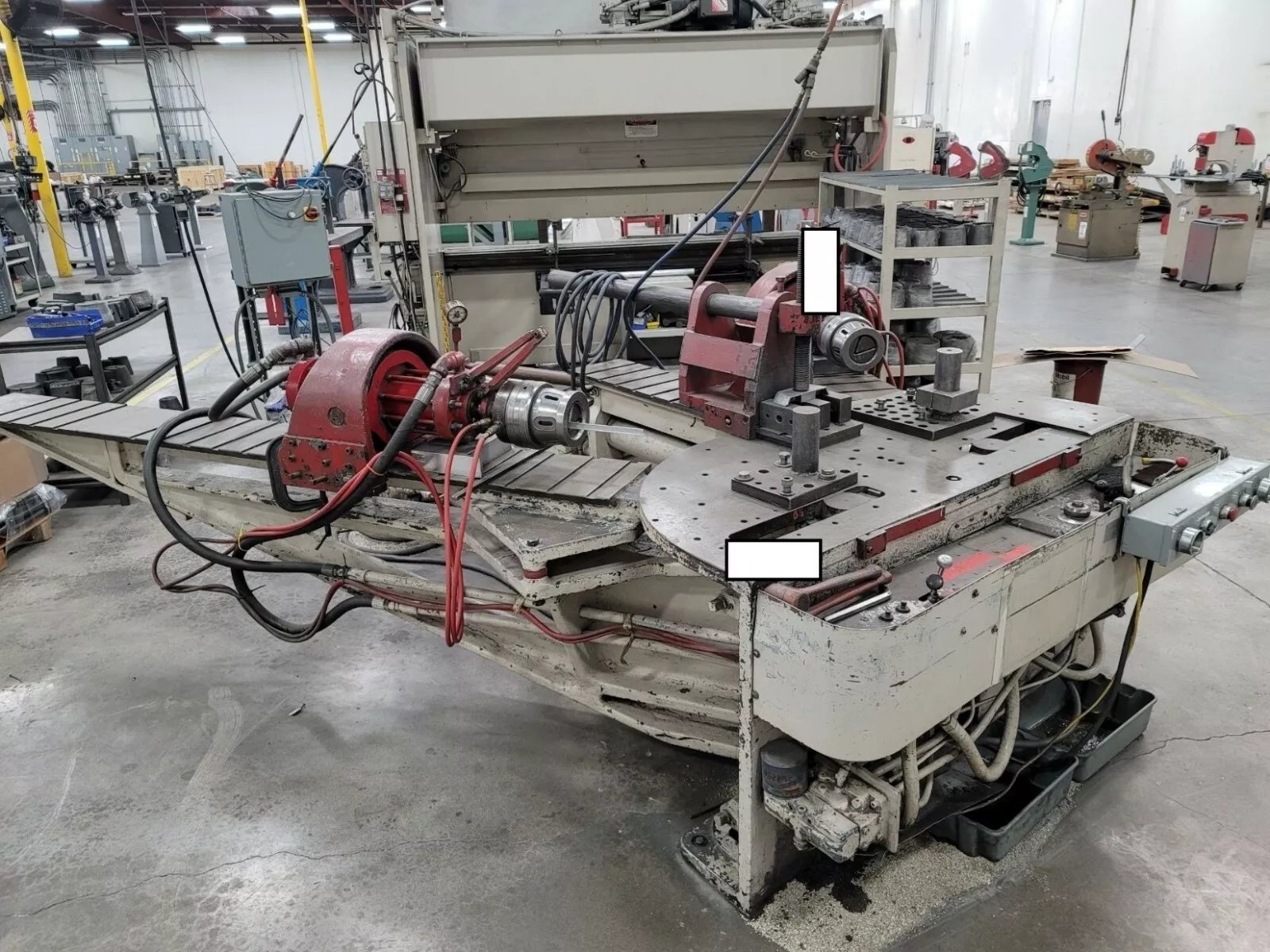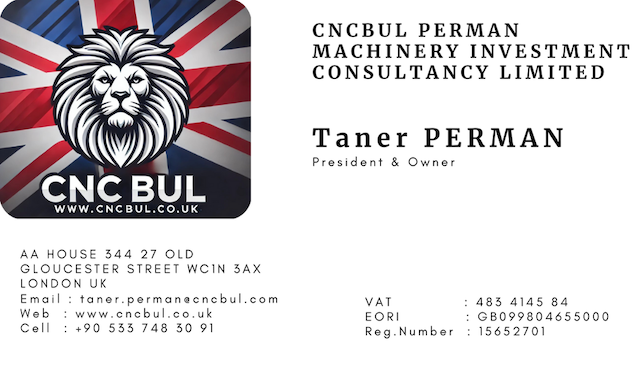What is Extrusion Stretch Wrap Forming Press Machine?
An Extrusion Stretch Wrap Forming Press Machine is a specialized machine used in the manufacturing process to produce thin, stretchable plastic films (often known as stretch wrap or stretch film) through a combination of extrusion, stretching, and forming. This type of film is commonly used for wrapping products, especially for securing goods on pallets. Here’s a technical breakdown of each part of this process:
Key Components and Technical Processes:
- Extrusion Process:
- Material Feed: The process begins with raw plastic materials, typically in pellet form (often polyethylene), being fed into an extruder. These pellets are commonly a blend of materials chosen for specific properties, such as elasticity, strength, and clarity.
- Heating and Melting: Inside the extruder, the pellets are heated to a high temperature until they melt into a viscous, fluid state. The temperature and heating profile are carefully controlled to ensure uniform melting and optimal polymer chain alignment, which affects the final film’s stretch properties.
- Extrusion Through a Die: The molten plastic is then forced through a specialized flat or circular die that shapes the material into a thin, flat sheet or a tubular shape, depending on the type of stretch film being produced (e.g., cast or blown stretch film).
- Initial Cooling: As the film exits the die, it is immediately cooled using air or water to partially solidify it, preparing it for the next stage: stretching.
- Stretching (Orientation):
- Biaxial or Monoaxial Orientation: In this stage, the film is stretched either in one direction (monoaxial) or both directions (biaxial). The stretching process improves the film’s tensile strength, elasticity, and clarity, which are essential for stretch wrap applications.
- Stretching Mechanism: This is often achieved through rollers that pull the film at a faster rate than it exits the die, creating tension and stretching the film. In the case of biaxial stretching, the film is stretched in both the machine direction (longitudinal) and across the width (transverse).
- Controlled Heating and Cooling: While being stretched, the film may be reheated to specific temperatures that allow it to stretch without breaking. Controlled cooling is applied immediately afterward to lock in the stretched molecular structure, giving the film its “memory” and elasticity.
- Forming and Thickness Control:
- Thickness Consistency: Precise control over thickness is essential in stretch wrap films, as inconsistent thickness can lead to weak spots, affecting the film’s strength and stretching capabilities. Advanced machines use feedback systems, such as sensors or thickness gauges, to adjust the extrusion or stretching parameters in real-time for uniform thickness.
- Surface Treatment: Some extrusion stretch wrap forming presses include additional equipment to apply treatments, such as corona or plasma treatment, to enhance the surface characteristics. This improves the film’s adhesion, especially for cling film applications, where it needs to stick to itself.
- Press and Winding:
- Cooling and Forming Rolls: After stretching, the film passes through cooling rolls to finalize its shape and improve its surface finish. These rolls help to prevent curling and ensure the film maintains a flat profile.
- Winding Process: Finally, the film is wound onto large rolls for easy handling and storage. High-speed winding units can create rolls with specific tension and layering requirements. This winding tension is carefully controlled to prevent stretching or deformation during winding.
Types of Extrusion Stretch Wrap Forming Press Machines
There are two main types of extrusion stretch wrap machines, based on the film type they produce:
- Cast Stretch Wrap Machines: These machines use a flat die and a chill roll to produce a flat film. Cast stretch films have high clarity and are quieter to unwind, but they may have slightly less strength compared to blown stretch films.
- Blown Stretch Wrap Machines: These machines extrude the film through a circular die and then stretch it biaxially by blowing air into the film, forming a bubble. Blown films tend to be stronger and more resistant to punctures, though they are less clear and noisier when unwinding.
Applications and Advantages
- Applications: Extrusion stretch wrap films are commonly used in packaging to secure goods on pallets, bundle items together, or protect products from dust, moisture, and other contaminants.
- Advantages:
- High Elasticity: The stretching process enhances the film’s elasticity, allowing it to cling tightly around products, keeping them stable during transport.
- Uniform Thickness and Strength: The controlled extrusion and stretching processes ensure uniform thickness and tensile strength, reducing the risk of tearing or puncturing during application.
- Clarity and Gloss: Cast stretch films, in particular, offer high clarity, which is beneficial for display and barcode scanning of wrapped goods.
Summary
An Extrusion Stretch Wrap Forming Press Machine uses a combination of extrusion, controlled stretching, and forming processes to produce highly elastic, durable plastic films. These films are used in a variety of industrial packaging applications due to their strength, clarity, and cling properties, which make them ideal for securing and protecting goods. The machine’s technical design, including the extrusion die, stretching mechanism, and cooling system, is optimized to create films with uniform thickness, elasticity, and the ability to withstand the stresses of transport and storage.


